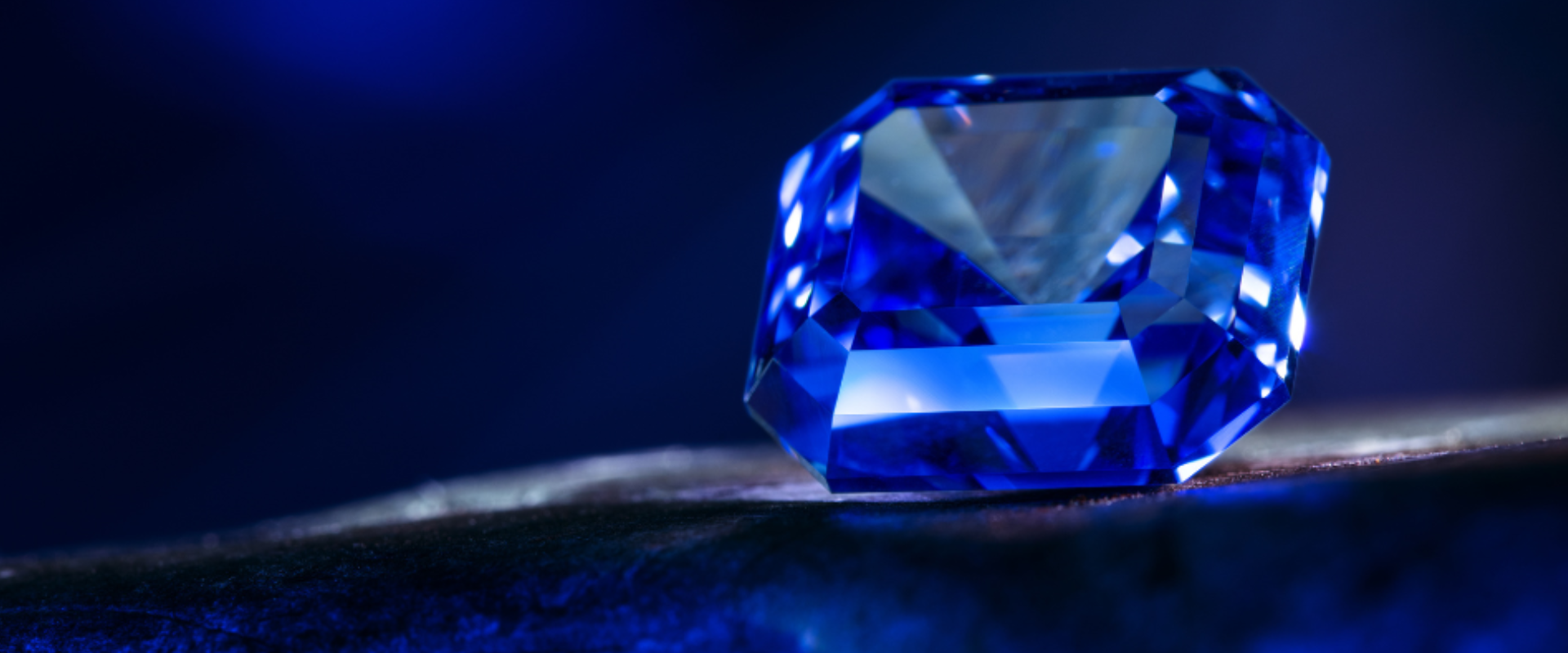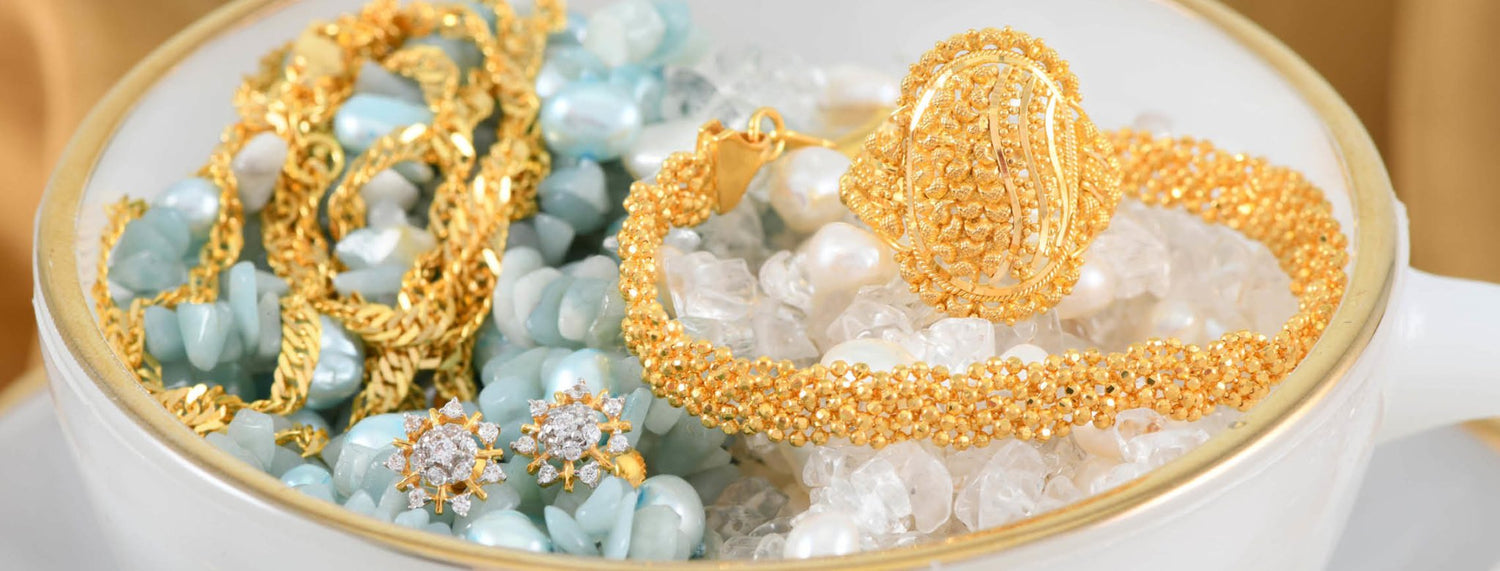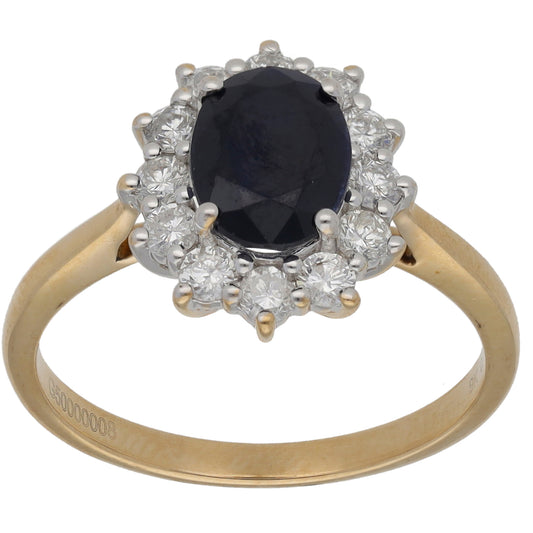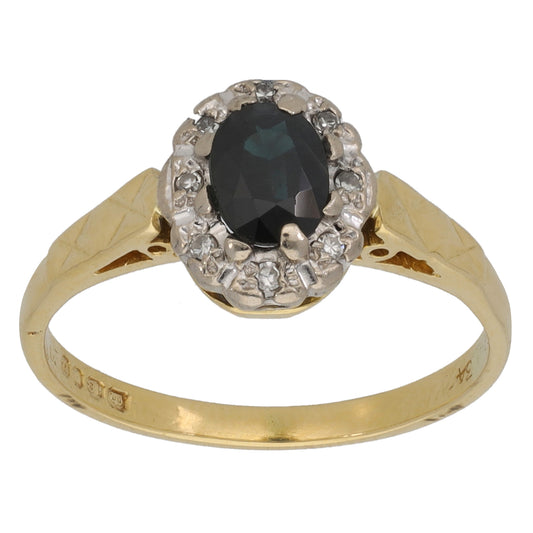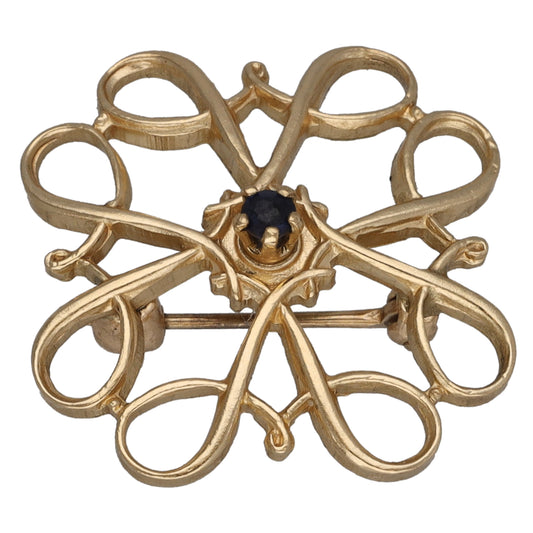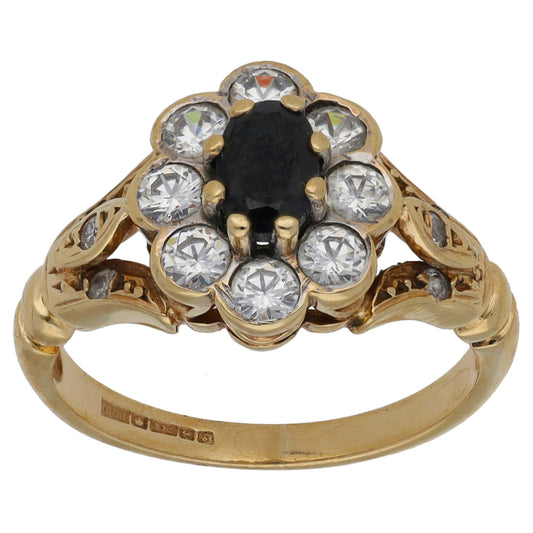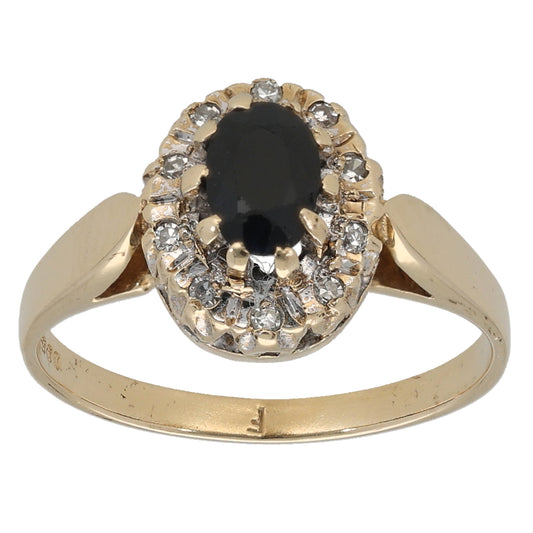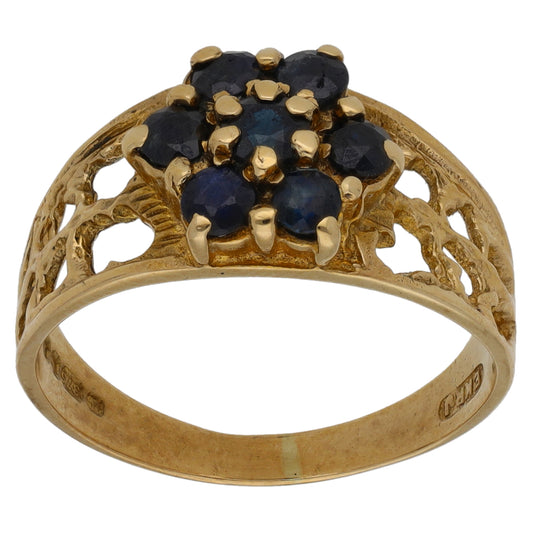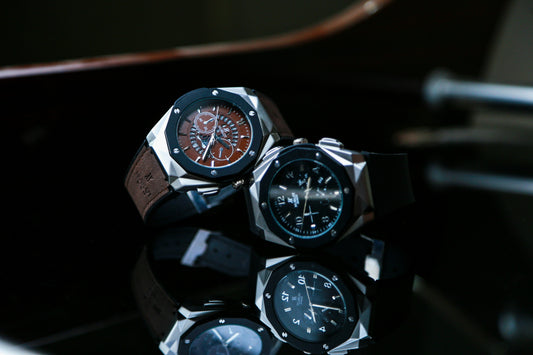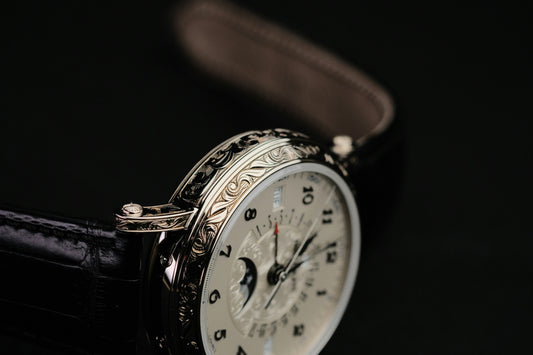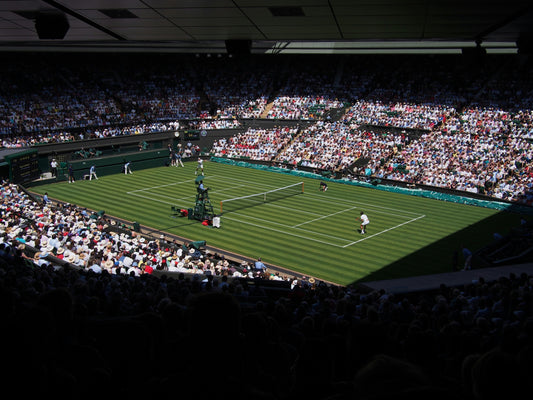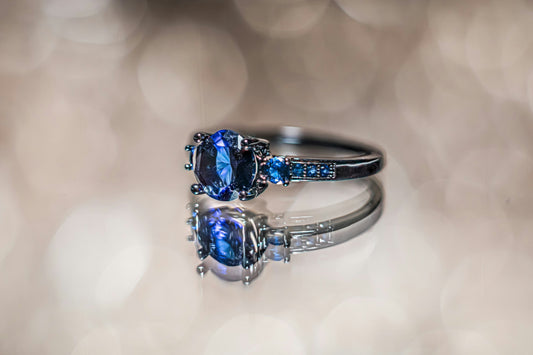The sapphire stone, one of the earliest gems known to man, has a rich history connected to royalty, religion and restorative remedies. Dating back to 4000BC, the sapphire has led a theatrical life. It holds the spotlight in jewellery boxes all over the globe, acting as a glowing symbol of everlasting luxury. It even has the whole month of September dedicated to it.
Deriving from the Greek word ‘sappheiros’ which references the gem’s deep blue hue. Sapphires are part of the Corundum elemental family, along with rubies.
The journey of the sapphire is quite extraordinary, taking millions of years to form, the birthstone has been significant to religions around the world. During the Middle Ages, Buddhists wore the gem believing they would find spiritual enlightenment, Hindus wore a sapphire during worship as a symbol of heaven and Christian kings equipped the gem thinking it would grant them protection.
Greeks believed sapphires would provide guidance, others thought the gem would heal them of ailments like the small pox, by rubbing their eyes with the stone! After researching the history of the gemstone, it seems people wore the stone in belief it would bring them closer to their gods, deities and to anchor their moral compasses.
In 1796, French Emperor Napoleon Bonaparte proposed with a sapphire engagement ring to his beloved. The ring features in an article by ABC News, with two pear shaped stones on a gold band, one a sapphire, the other a diamond. It sold at auction for nearly one million dollars in France, 2013.
Gems like the Sapphire have inspired literature throughout history. There was a time when women were banned from publishing their work, so they bravely went by ‘pen names’ so they could write and conceal their identity. Mary Ann Evans (1819-1880) wrote about gems under her pen name George Eliot, the quote is quite fitting to our article:
‘These gems have life in them: Their colours speak, say what words fail of.’
The first sapphire discovered in the United States was in 1865, Montana, on the Missouri River by gold prospectors. Eventually Montana coined the nickname ‘Treasure State’ because of its prosperity in mining gold and sapphires. To this day, people still mine the river, hoping to sift their way to a riches.

1981 was a year of idolisation for the sapphire. Prince Charles offered a 12-carat blue sapphire engagement ring to Lady Diana as a symbol of his royal love, hence why you’ll hear the words ‘royal blue’ to describe the colour of a sapphire. The ring can now be found on Catherine Middleton’s hand, after Prince William (son and heir of Charles) proposed in 2010.
In November 2014 a world record was set for the biggest price bid at auction for a sapphire. The Blue Belle of Asia, which is a 392.52 carat sapphire, is currently the most expensive sapphire in the world, selling for over $17m. Another note-worthy sapphire is The Star of India which is 563.35 carats with a unique star shape printed either side of the gem. First discovered in Sri Lanka, it now lives in the American Museum of Natural History in New York City
Madagascar holds one of the trophies for Sapphire production today, an article published by the BBC shows pictures capturing the reality of working in Madagascan mines.
So, what makes a sapphire? There are some key facts to know about the precious gem:
- A sapphire scores 9 out of a possible 10 on the Mohs scale, making it the second hardest stone with the diamond taking first place. The Mohs scale is a rating system that tests gemstones on their durability. The only natural thing that can scratch a sapphire is a diamond
- Sapphires don’t have to be blue. They can be pink, purple, orange, green, yellow, black, clear, colour-changing (called the star effect). Of all the colours sapphires can be, the rarest and most treasured is a pinkish orange variety name ‘padparadscha’ meaning ‘lotus flower’ in Sinhalese. As mentioned before, Sapphire is from the mineral Corundum family. When titanium and iron are present, the result is that royal blue colour.
You can find sapphire in more than jewellery and watches. Due to its durability and scratch resistance the gem is used on Apple iPhone cameras, as a window protection vision system aboard military aircrafts and on submarines providing crucial water resistance. These sapphires are synthetically grown in a boule, Corundum is one of the easiest minerals to synthesize so it can be colour and size changed. It’s all very technical!
With an incredible following, the Sapphire stone is steeped in connotations of love, wisdom, magic and health. The gem is believed to hold a powerful energy that compels the wearer to confidently make the ‘right’ choices in life, bringing them closer to their aspirations.
One of the things we are proud of at H&T is our competitive prices. You can pick up a sapphire piece from just £35 in some of our stores. If you don’t believe us, have a browse over our selection of pre-owned gemstones, all fully authenticated, professionally cleaned and presented in a box.
A sapphire suits all occasions; a celebration of love, a wish of mental and physical healing, a symbol of enlightenment. If you’ve been romanced by the stories of gold miners and kings, all seeking their perfect sapphire, you can embark on your own treasure hunt with H&T. All our stores have unique stock, as Pawnbroking brings all kinds of jewellery, so you can adventure to any of our stores, and find your very own sapphire.
As always, we would love to hear about your adventures with H&T so be sure to tag us on Facebook, Instagram and Twitter so we can join in the fun!
